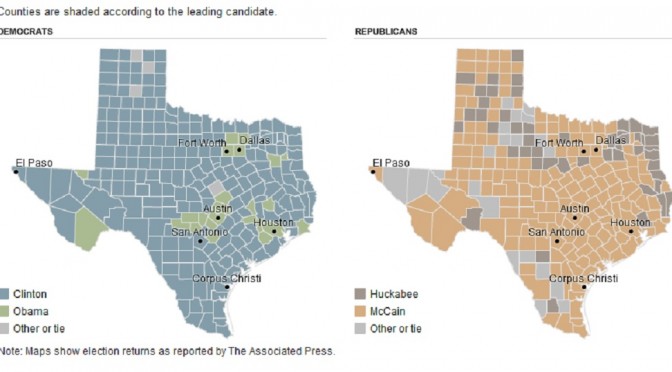Senate District 3, the most … Continue Reading ››
More Evidence: Texas Doesn’t Vote
If you know one thing about Battleground Texas, you know that their organization is taking on a huge task... re-make the voting electorate of the Lone Star State.
And as Ross Ramsey from the Texas Tribune writes, they've still got a long way to go to be able to do it.
